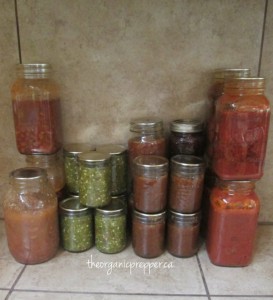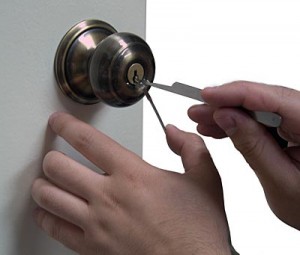There are some preparedness tasks that are no fun. This is one of them, but I think it is an important one that everyone should do. We all have important documents, but for many of us they are scattered in different places and not protected.
What kind of documents should be protected?
Anything that you think might need in an emergency, survival type situation. Below are some examples.
- Birth Certificates
- Photo copy of driver’s license
- Social Security Cards
- Medication list
- Important medical papers
- Mortgage paperwork – Trudee printed off a “property account summary” that she found doing a county property record search. This is important because I have heard cases after a hurricane or tornado where authorities will not let you in without proof of address.
- Insurance policies and agent contact info
- Hard copy of all name, model and serial number of expensive items, taking pictures is a good idea as well.
- Hard copy of important phone numbers
Another idea is to take a picture of each document and save it as a .jpg or .gif. Scanning them works as well, then putting those files on a thumb drive. You could also store digital copies of these files on “the cloud”, Google docs or the like. I personally don’t trust google and have moved everything from them, but to each their own.
Place all the important files and the thumb drive in a fireproof safe. Now your documents are all together and much more protected. If you need to bug out quickly, there is just one item to grab, that fireproof safe!
If you liked this article please think about sharing it on the social media listed below, thanks!












